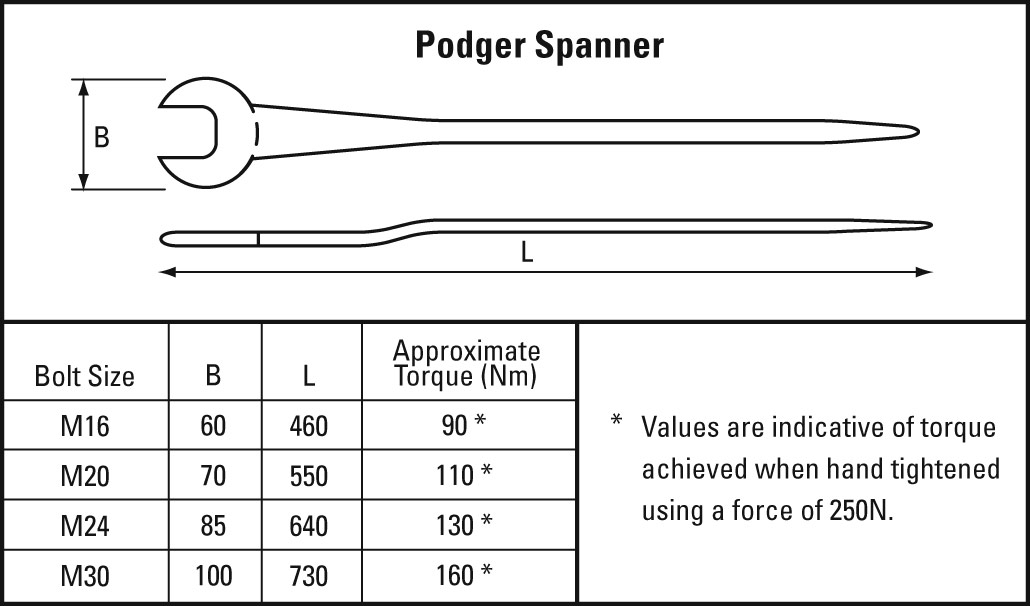Technical
AD 383 – Use of alkali-zinc silicate paint in slip-resistant bolted connections
The Advisory Desk has been made aware of some concerns about the use of alkali-zinc silicate paint in slip resistant connections, such that the structural reliability of the slip resistant connection might be compromised. There is as yet no published data about the frictional resistance of surfaces when the coating is applied in normal production conditions (rather than closely controlled test conditions) but instances of significantly lower slip factors (than recommended) have been experienced in practice.
According to Table 18 of EN 1090-2, an alkali-zinc silicate paint with a thickness of between 50 and 80 microns may be classed as a ‘Class B’ surface, with a slip factor (friction coefficient) of 0.40. It appears that while this value may be appropriate when the thickness is at the lower end of the thickness range and that the curing of the paint has been fully in accordance with the manufacturer’s recommendations, the slip factor is very sensitive to the quality of the application. In practice, application does often result in thicknesses exceeding 80 microns locally over the contact surface and in less than ideal curing conditions. Tests modelling practical application conditions have shown slip factors as low as 0.20.
The issue of the slip factor to be used with alkali-zinc silicate paint has been raised with the CEN committee responsible for EN 1090-2 and it was advised that the slip factor of 0.4 comes from German recommendations. However, on re-checking these recommendations it was found that the slip factor of 0.4 relates to an upper thickness limit of 40 microns. The original German recommendations also noted that when a maximum thickness of 60 microns is used, the slip factor is reduced, which correlates with findings of the tests mentioned previously. Hence, Table 18 of EN 1090-2 will be modified, reducing the thickness to a maximum of 40 microns
Until Table 18 is modified, the Advisory Desk therefore recommends that, for structural reliability, the execution specification should include additional inspection requirements and acceptance limits, depending on the factor that the designer has assumed. The following is suggested:
When a slip factor of 0.4 has been assumed (for alkali-zinc silicate coated contact surfaces), the constructor shall be required to carry out slip tests in accordance with EN 1090-2 Annex G to confirm that adequate friction will be achieved as a result of the painting and curing procedures that will be used on the structure. (Note that such conditions are not the same as ‘laboratory conditions.) The coating thickness for the test should be 25% greater than the average thickness achieved on the contact surfaces under normal production conditions for the structure (rather than the thickness stated in G.3 of EN 1090-2). Tests should also be undertaken to demonstrate whether allowance should be made for loss of preload with time, due to paint creep under the bolt. It should also be required that the painting inspectors are trained in the necessary painting workmanship measures required to maintain the quality of the coating on the contact surfaces, consistent with the quality in those tests.
If additional slip testing on site conditions is not to be specified, then, until research can prove otherwise, it is recommended that designers assume a reduced slip factor of 0.30, and that the execution specification includes the following additional requirements: (a) the paint thickness actually applied to the contact surfaces shall be checked, to ensure that the mean coating thickness does not exceed 60 microns; (b) the paint manufacturer’s curing recommendations are rigorously followed.
If it is preferred to not impose any additional workmanship requirements for the coating on the contact surfaces, then the designer should assume a slip factor not greater than 0.2.
Contact: David Iles
Tel: 01344 636525
Email: advisory@steel-sci.com











